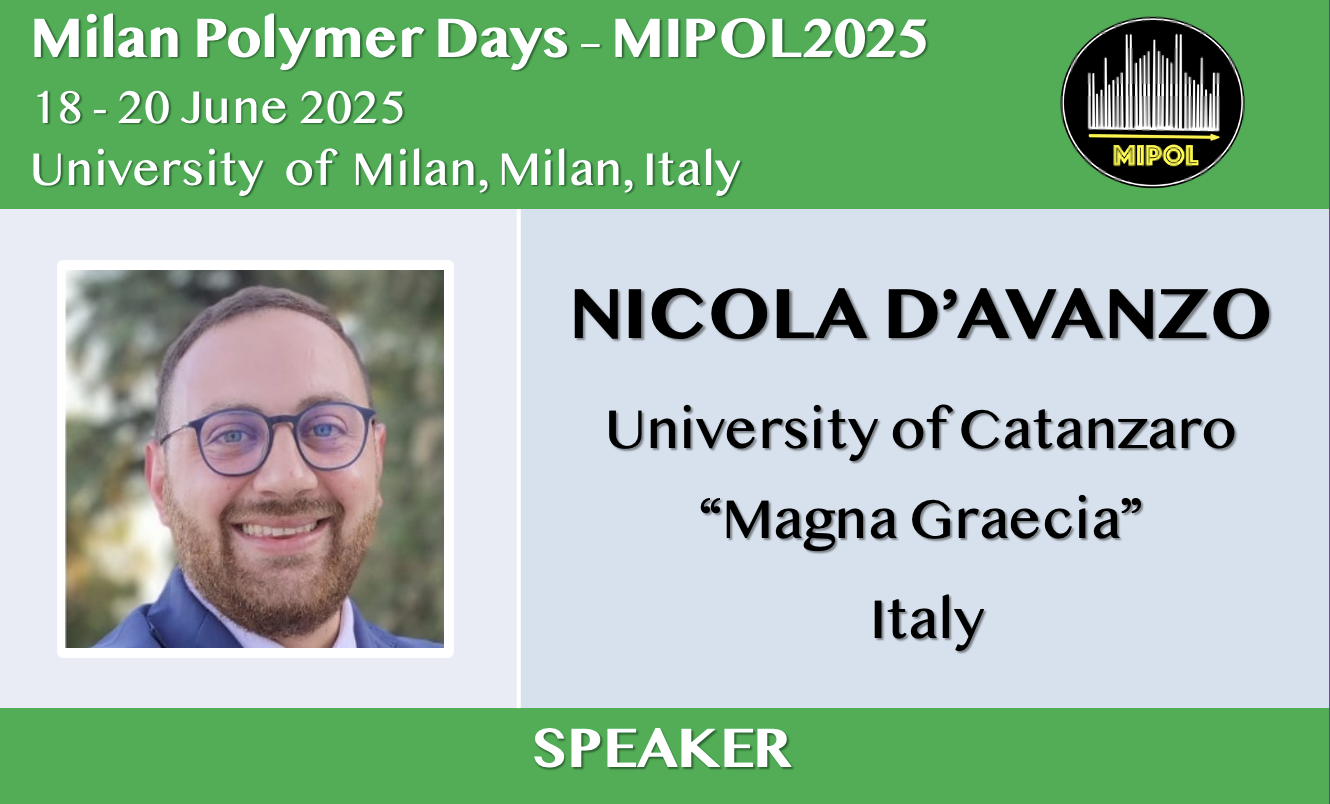Electrospun polymeric membranes with embedded nanovesicles for topical inflammation treatment
Abstract

Ketoprofen is a non-steroidal anti-inflammatory drug (NSAIDs) and it is widely used for pain management. To overcome the limitations associated with the oral administration of this drug, e.g. poor bioavailability and systemic side effects, several topical formulations have been realized. However, skin penetration remains a challenge and although different approaches have been used to improve the crossing of stratum corneum (SC) they may induce irritation and skin disorders. In these attempts, the aim of this study was to realize a novel hybrid membrane combining ketoprofen-loaded lipid nanovesicles and electrospun polyethylene oxide (PEO) nanofibers in order to realize a stable, dry and flexible formulation capable to enhance the skin penetration while minimizing the irritation. Ketoprofen˗loaded nanovesicles were produced by ethanol injection. Optimized nanovesicles (lipid concentration of 40 mg/mL) showed an average diameter of 95 ± 5 nm, a narrow size distribution and a drug entrapment efficiency of ca. 65%. PEO was added to the colloidal suspension at various concentration showing the best results in terms of dispersion homogeneity, viscosity and conductivity when the final PEO concentration was 3.5 % w/v. Resulting mixture was then electrospun thus realizing a stable and uniform nanofibers' mat (Figure 1). Obtained hybrid membrane was physicochemically analyzed by Scanning Electron Microscopy (SEM) and Energy Dispersive X-ray Analysis (EDX), demonstrating a random distribution of nanofibers with a mean diameter of ca. 450 nm and a homogeneous distribution of nanovesicles as demonstrated by tracking the phosphorus distribution within the fibers (Fig. 1). Thermal analyses performed by using Differential Scanning Calorimetry (DSC) and Thermogravimetric analysis (TGA) showed constructive interactions between PEO and Ketoprofen˗loaded nanovesicles. Moreover, Raman spectroscopy demonstrated that the presence of ketoprofen further stabilized the nanovesicles by increasing the bilayer’s packing. In bulk release study showed a more sustained release rate of ketoprofen embedded in the hybrid membrane compared to the conventional ketoprofen˗loaded nanovesicles, due to a biphasic kinetic characterized by nanofibers' dispersion followed by the drug release from nanovesicles. The improved permeation profile of drug embedded into hybrid membrane than conventional ketoprofen gel was ex-vivo assessed by using human stratum corneum epidermis (SCE) membrane. The safety of the proposed membrane was then tested in vivo on human volunteers, without any skin irritation effects. Furthermore, the efficacy was also studied on human volunteers. A chemical erythema induced by methyl-nicotinate was used as an inflammation model and showed a significantly improved anti-inflammatory effect of hybrid membrane than to commercial ketoprofen gel. These results demonstrated that the embedding of ketoprofen-loaded nanovesicles into electrospun PEO nanofibers may provide an easy to handle fast-converting gel formulation with enhanced features compared to conventional anti-inflammatory topical formulations currently on market.


